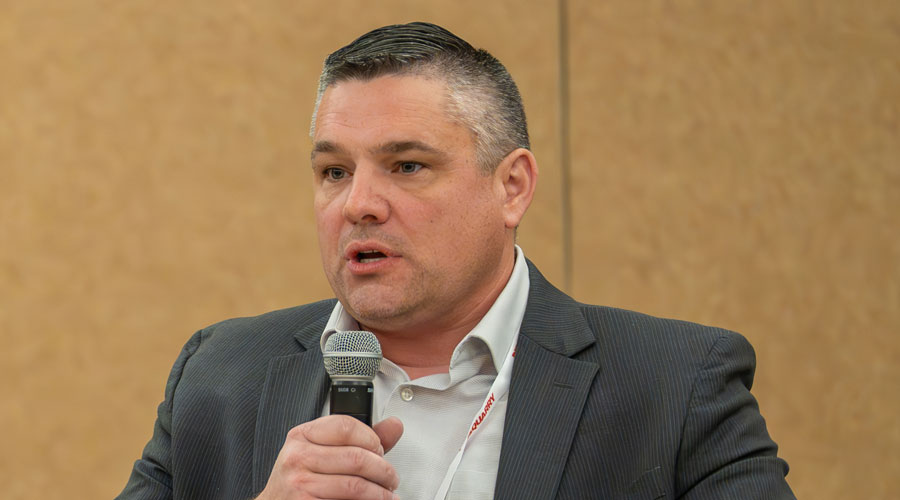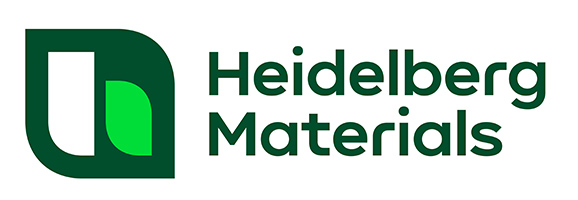The following transcript was edited for brevity and clarity from one of two concurrent Jan. 31 discussions at the 2025 Pit & Quarry Roundtable & Conference at The Wigwam Resort. Part 1 can be found here.
JACK KOPANSKI (PIT & QUARRY): Tell us about your 2024 performance. For producers: How were aggregate sales last year? Were you able to capitalize on opportunities provided by the Infrastructure Investment & Jobs Act (IIJA)? For equipment suppliers and others: How were your equipment sales last year? How has IIJA impacted equipment sales to date? What did you hear from producers in 2024 about their ability to purchase equipment, technology and services? For everyone: What impact did inflation have on your business in 2024?
JAMIE JONES (CAPITAL AGGREGATES): In 2024, we were down a little bit overall compared to 2023. Some of our divisions had record sales. We had some large projects in ‘23 that wrapped up and, depending on which areas we were in, we saw some decrease in sales. But, overall, it was a very healthy year. As far as production goes, our production pretty much matched what our sales were. That’s what we did with our production.
ROSS DUFF (DUFF QUARRY): Our market was OK in ‘24. It wasn’t good, it wasn’t bad. It was just OK. Once we saw the election results, the floodgates opened on the number of commercial bids that came in. So, we are very optimistic going into ‘25.
If you’re in aggregates in the Midwest, there is a project everybody has heard of: Intel. We saw a shockwave coming with the volume of aggregates that it would take. We are very optimistic with the new administration and, hopefully, that equates into much more infrastructure spending, which would be good for everybody in our industry.
BRIAN VRABLIC (RULMECA CORP.): I’d call our 2024 pretty good. It showed modest growth on the equipment side. We’re very closely tied to mobile crushing and screening equipment so, with respect to the IIJA, we saw that bump in 2022 as producers were getting ready for the rollout of the funds. They were buying money and buying equipment before the government money was actually being funded. We’re seeing that trail off. We’ll see what happens in 2025.
ERIC ROSENOW (DYNO NOBEL): Despite the fact that we actually increased the number of sites we served, our ammonium nitrate volumes were down in 2024, which is a direct correlation with aggregate production nationwide. So, it was an average year for us.
KENT MASDEN (TRUX): 2023 was a down year, and 2024 was about the same for us. We did see more interest in the market with what we’re doing, which is a great thing for us. We’re all about trying to get into this market. I’ve been to a couple other industry exhibits already this year, and some of the folks I talked to are really excited about 2025. They said 2024 wasn’t a bad year, it wasn’t a good year – it was just OK. But 2025 looks like it’s going to hit all the records.

RYAN NEWMAN (ASTEC INDUSTRIES): 2024 was a weird year. We had an election, we had rising interest rates and we were coming off everybody scrambling from a supply chain standpoint to, all of a sudden, everybody is loaded up. Those factors came into play. It would be interesting to see if one of those factors hadn’t hit, how the year would have gone. Not all of ‘24 was bad. We’re looking forward to ‘25.
NICK PEARMAN (ROGERS GROUP): At the beginning of 2024, we were still seeing pretty heavy price increases from different suppliers. We saw a lot of people who were early on their price increases when COVID hit level those price increases out. People who were late to the game were going for more at the end of the year. We were still seeing some pretty significant inflation numbers on our equipment and supplies through the end of the year, but we are starting to see promising signs of that coming back down, which is a big impact for us.
CLAY ALBRIGHT (CALDWELL STONE CO.): We’re in a rural part of Kentucky and we haven’t seen anything from IIJA. We have a joke in Kentucky that if you’re not in the ‘Golden Triangle’ of Lexington, Louisville and Cincinnati, you don’t really see a lot of that federal money for roads. We’ve had two significant road construction projects in the last 15 years, but there are some things coming up in the next several years. We were little bit down last year, but other than that, we’re staying steady and doing good work.
THOMAS HAUN (TURNER STAFFING GROUP): We lagged in inflation in ‘23, and ‘24 was a big catchup year. There was some uncertainty about the outcome of the presidential election. Some firms were trying to hold back until they felt a little more certain about that from an investing-in-people perspective. But especially in Q4, we saw a significant increase there.
CODY LADD (KRAEMER MINING & MATERIALS): In Minneapolis, there are different levels of weather impact. Being in a seasonal market, it’s a roller coaster ride all the way up until the very end. You might hit budget, you might not. That’s normal.
That being said, in Minneapolis in ‘23 we had a drought, and in ‘24 we had the heaviest rainfall in 100 years. The downside is we didn’t do enough construction in ‘23, and then everything got pushed back in ‘24. So, we are projecting to have a really good year.
BENJAMIN BLACK (GEOLOGIC): We had a great year last year, but we are on the front end of the industry doing site development. From that viewpoint, we did a significant amount of work for a lot of major producers, finding greenfield properties, doing rezonings, property acquisitions, geological investigations and more. There’s a lot of investment by the operators and producers in that realm.
There has been a lot of international interest in the U.S. We’re working with a couple international producers right now that want to make headway in the U.S., specifically in the Southeast and Mid-Atlantic regions. But that probably tells you something about where they feel the industry is going in terms of being able to come and invest in the U.S.
From that viewpoint, not only was 2024 great, but I think 2025 is going to be even better.
Related: Video: What could drive residential construction forward












